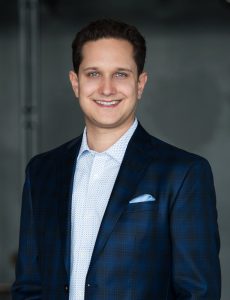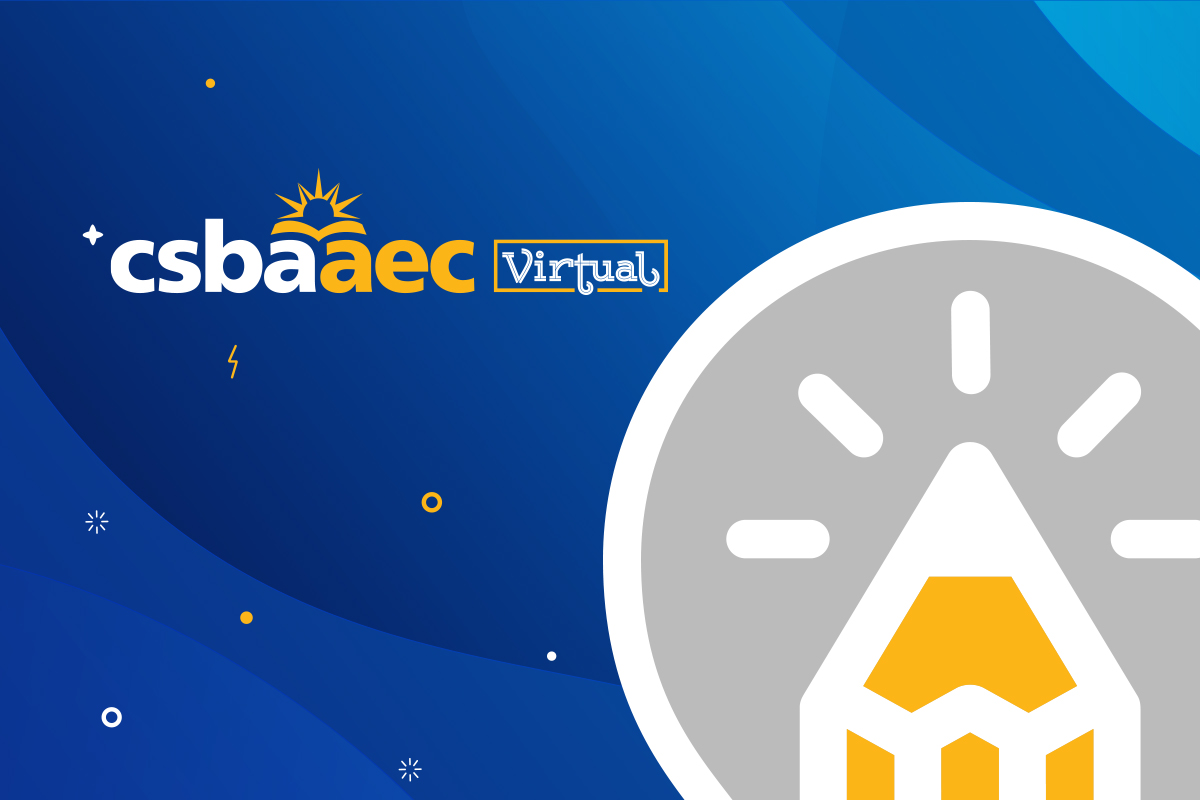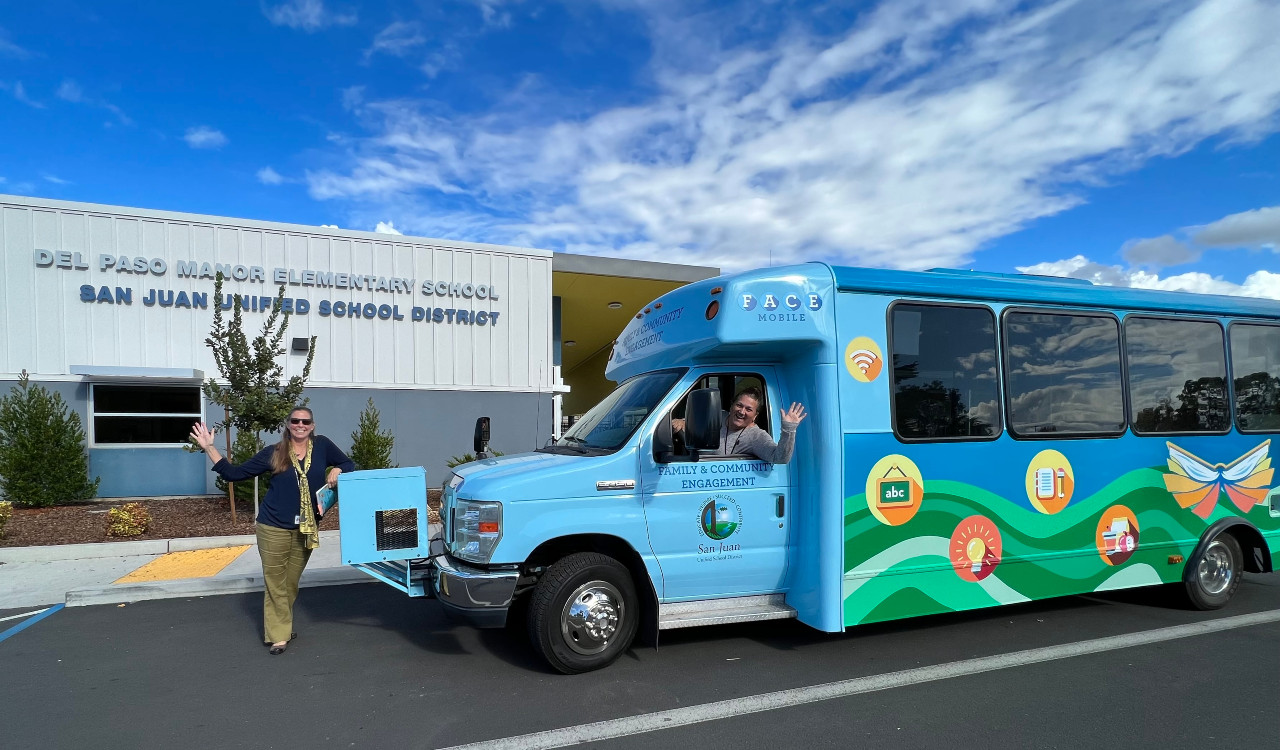CSBA’s 2020 Annual Education Conference will be presented in a virtual format — giving attendees access to critical expertise and perspective from the comfort of their home or office. The conference takes place on Thursday, Dec. 3 and Friday, Dec. 4, with virtual preconference activities happening from Monday, Nov. 30 to Wednesday, Dec. 2. Visit aec.csba.org to register.
One of the highlights of AEC is the always dynamic and inspiring General Session speakers. This year’s speakers are Jason Dorsey, president of the Center for Generational Kinetics; Hadi Partovi, CEO of the education nonprofit Code.org, tech entrepreneur and investor; and Leslie Odom Jr., multifaceted Tony and Grammy Award-winning performer.
 CSBA spoke with Jason Dorsey to learn more about the Center for Generational Kinetics and why knowledge about multiple generations can lead to workplace success and harmony.
CSBA spoke with Jason Dorsey to learn more about the Center for Generational Kinetics and why knowledge about multiple generations can lead to workplace success and harmony.
Can you tell us about the Center for Generational Kinetics and its purpose?
The mission of the Center for Generational Kinetics is to separate myth from truth around generations, to help leaders make more effective decisions. What we saw was that there are a lot of misperceptions around different generations, particularly Millennials and now Gen Z. We also saw that great research to help leaders better understand what was really going on was missing.
And so, we lead qualitative and quantitative research — more than 65 generational studies around the world. We’re very passionate about education. Our founder, Dr. Denise Villa, was an educator and administrator, and also a first-generation college student. And my own background is in writing and speaking since I was 18. We put that together to take a different look at generations.
How is the research at CGK different than other studies on generations?
There are many firms that will do a generational study or two, but our work is specifically focused on generations and the nuance of generations. We invented a term that we call “generational context,” which is the ability to look across generations through the lens of your own generation. It helps people to see their own preferences and priorities and what influenced them, but also then be able to engage with other generations. What also makes us different is not only do we get to apply insights from our own research, but we also get to use the data from the 700-plus clients we’ve worked with to inform what we’re doing.
Another thing that I think makes us different is we do a lot of research outside the U.S. That helps us to create a global context to be able to see similarities and differences around the world. For example, we found that the generation that is most similar to one another is Gen Z because of cheap mobile technology, which all around the world has enabled them at a younger to access news, entertainment, money, communication, you name it. The older the generation goes back, the bigger the differences are by generation around the world.
What generations are studied at CGK and what are their key traits?
We study all current generations at CGK because we believe studying generations in a silo misses the opportunity to look at generational context. Our studies involve multiple generations at the same time, which allows us to see similarities, differences and behavioral drivers.
How do generational differences play out in group dynamics, such as in the workplace or other collaborative work groups like school boards?
The biggest area where generational differences play out in education setting is pretty strong communication differences. Some people really like to have in-person conversations, others want to communicate by email, while others prefer to use text messaging or social media. It’s important to recognize that just because people communicate in a different way does not mean they’re bad communicators. They’re just communicating in the way that is most comfortable or normal to them.
I think great leaders, including on school boards, will be able to recognize and adapt to embrace these different types of communication so we all are able to not only share, but really be able to listen and collaborate effectively. We want to make sure that we’re really being thoughtful, offering different ways to communicate, and choosing both to listen and share. And I think, over time, you’re going to find collaboration is really helped through technology in terms of communication.
Do you have any tips for multigenerational working groups on how they can best work together collaboratively?
What we find works best is to start with an open conversation about how different people in that working group prefer to communicate. Then the group can agree on the best way for everyone to communicate. It’s pretty fascinating because sometimes what people end up agreeing on is not where they thought they would end up. When you set some ground rules for people to be able to effectively communicate and know that they’re going to be heard, they are more willing to share.
That’s the type of conversation that you need to have upfront to be able to figure out what’s best, because what works for one school board may not work for another.
Why should board members attend your talk at AEC?
Generational differences are having a massive impact on education today. We’re seeing that with students, we’re seeing that with teachers and support staff, and we’re seeing it with school boards, administrators and across communities. Understanding these generational differences and where they come from is very important to understand. You will learn what you can do to best engage each generation, which is particularly important in this time of distance learning and doing business. Schools might have three or four different generations working side by side, all trying to serve a completely different generation. I’ll give strategies and tactics to be able to better communicate, build trust and drive influence, which I believe has never been more important than it is right now.
This interview has been edited for length and clarity.





